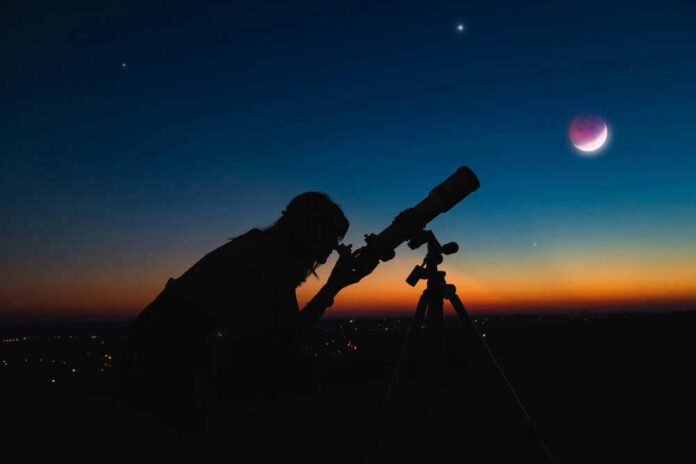
An intriguing new discovery from the depths of our solar system might unravel the mystery of the elusive Planet Nine!
At a Glance
- A new sednoid, Ammonite, was discovered beyond Neptune.
- The finding challenges the existing Planet Nine theory.
- Ammonite’s orbit is unique compared to other known sednoids.
- The discovery prompts reevaluation of solar system models.
A New Cosmic Enigma: Ammonite
Ammonite, officially known as 2023 KQ₁₄, is the latest cosmic puzzle piece discovered in the icy Kuiper Belt. Located beyond Neptune, this sednoid boasts a peculiar orbit that has left astronomers scratching their heads.
The discovery, made by the Subaru Telescope in Hawaii, fuels the debate surrounding the existence of Planet Nine, a theoretical planet lurking in the shadows of our solar system.
The Kuiper Belt, a cosmic treasure trove of icy bodies, has long been a playground for astronomers seeking to unravel the mysteries of our solar system’s outer reaches.
Objects like Sedna and other sednoids have sparked speculation about a hidden massive planet influencing their orbits. However, Ammonite’s orbit doesn’t align with those of its sednoid siblings, casting doubt on the Planet Nine theory.
The Search for Planet Nine
For decades, astronomers have been on a celestial scavenger hunt, searching for Planet Nine, also known as Planet X, beyond Neptune. This hypothetical giant has been blamed for the eccentric, elongated orbits observed in certain Kuiper Belt Objects (KBOs). Yet, despite extensive searches, this elusive planet remains a phantom in the cosmic night.
Dr. Fumi Yoshida, the lead researcher on the Ammonite discovery, emphasizes the significance of studying these distant objects to piece together the solar system’s history. Meanwhile, NASA remains cautious, reiterating that the existence of Planet Nine is still up for debate.
The Impact of Ammonite’s Discovery
The discovery of Ammonite adds a new layer of complexity to the search for Planet Nine. Its unique orbit not only challenges existing models of the outer solar system but also prompts astronomers to revisit their theories and simulations.
As the Rubin Observatory prepares for its upcoming survey, the astronomical community eagerly awaits new data that could either support or debunk the Planet Nine hypothesis.
In the short term, this discovery has sparked fresh discussions and theoretical work. In the long run, it could reshape our understanding of solar system formation and evolution, especially if alternative explanations for Sednoid orbits emerge.
What Lies Ahead?
The astronomical community is abuzz with excitement and anticipation as they continue to explore the distant frontier of our solar system. With new telescopes and advanced data analysis methods, the hunt for Planet Nine and the study of sednoids like Ammonite are poised to reach new heights.
As we peer into the cosmic abyss, one thing is certain: the solar system is far more dynamic and complex than we ever imagined. Whether or not we find Planet Nine, the journey of discovery promises to be an exhilarating ride.



















